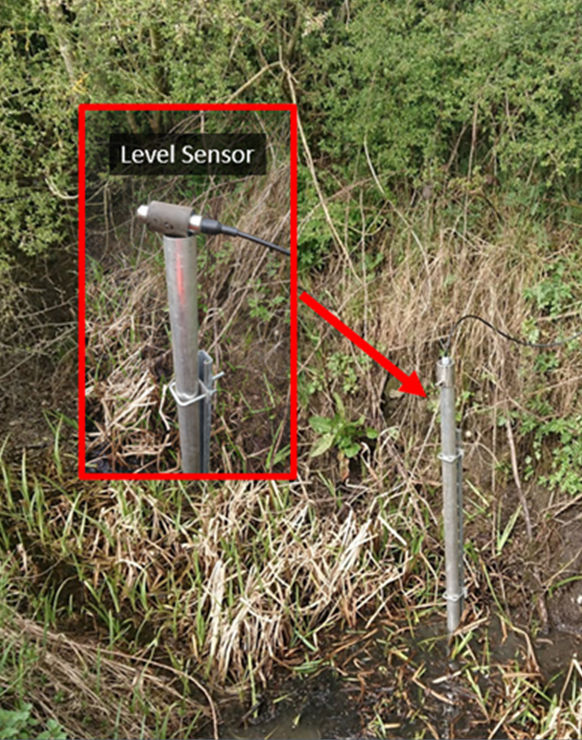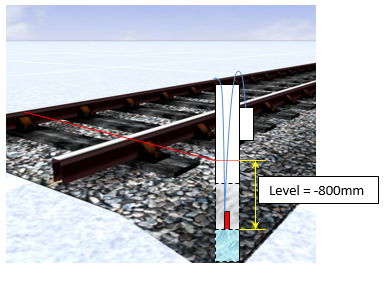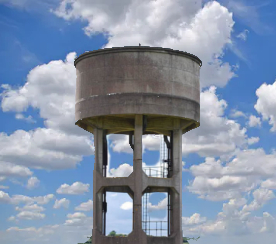Water Level monitoring is very important for very different reasons in different situations. Sometimes, you want to ensure that your water level is high enough in a reservoir to maintain a stable supply to a water scheme. In other situations, you may want to ensure that water levels do no encroach on assets such as railway tracks or roads.
Our Water Level Sensor works equally well measuring lake/ flood/ river level or water reservoir level. The Level Sensor is vented and so, adjusts to ambient pressure changes automatically without the need for complicated corrections for changes to atmospheric pressure.



